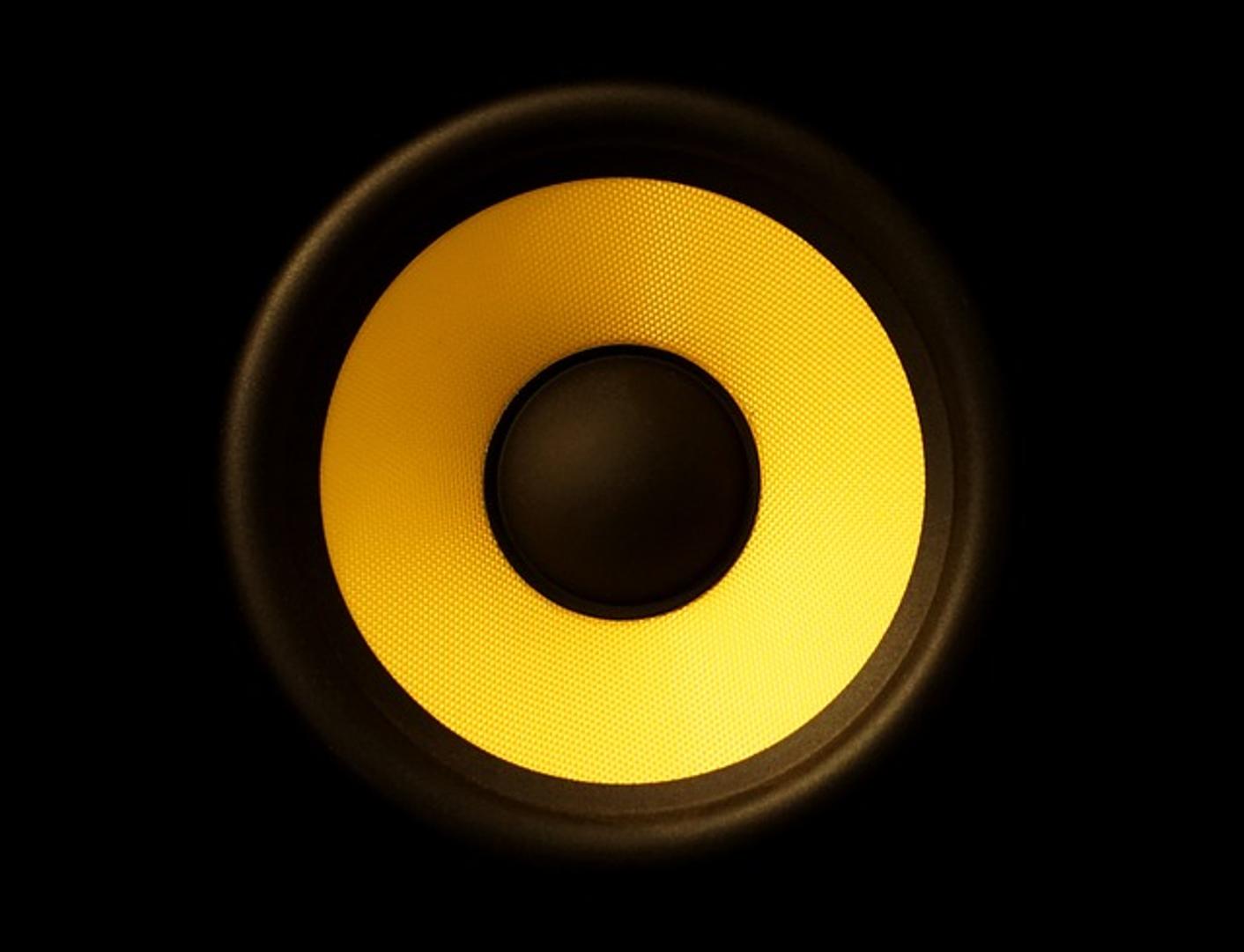Car Speakers vs Home Speakers: A Comprehensive Comparison
Introduction
Choosing the right speakers can significantly impact your audio experience, whether you're driving down the highway or relaxing at home. Car speakers and home speakers serve different purposes and are designed to meet distinct sets of requirements. Understanding these differences can help you make an informed decision about which type of speaker best suits your needs. In this comprehensive comparison, we will dig into various aspects of car speakers and home speakers, including sound quality, cost, and use cases, to help you make the best choice.

Understanding Car Speakers
Car speakers are specifically designed for the unique acoustic environment inside a vehicle. They are engineered to produce high-quality sound that overcomes road noise and the limited space within a car. Typically, car speakers come in a range of sizes and configurations, such as component speakers, coaxial speakers, and subwoofers, each serving a distinct role in delivering a full spectrum of sound.
The materials used in car speakers are also tailored for durability and performance. For example, many car speakers have weather-resistant cones and rubber surrounds to withstand temperature fluctuations and humidity. Additionally, they are built to handle power levels that vary greatly, making them versatile for different audio setups.
Understanding these specific requirements highlights why car speakers excel in automotive environments but might not perform as well in a home setup. This foundational knowledge sets the stage for comparing them to home speakers.

Understanding Home Speakers
Home speakers are engineered to provide the highest quality audio in a controlled environment like a living room or dedicated media room. These speakers come in various forms, including bookshelf speakers, floor-standing speakers, and surround sound systems. They are designed to deliver a rich, immersive sound experience that complements the acoustics of a home setting.
The materials used in home speakers often focus more on sound quality than durability. High-end models may feature soft dome tweeters, Kevlar or aluminum woofers, and wood cabinets to enhance audio fidelity. Unlike car speakers, home speakers are typically designed to achieve better sound dispersion and clarity at different volume levels.
The controlled environment of a home allows these speakers to perform optimally, providing a more natural and dynamic audio experience. This makes home speakers a popular choice for audiophiles who seek the best possible sound quality.
As we transition into comparing sound quality, it's crucial to note that both types of speakers excel in their designed environments but may not necessarily perform well if roles are switched.
Sound Quality Comparison
When comparing sound quality, it's essential to understand that car and home speakers are optimized for different settings. Car speakers are designed to overcome road noise, meaning they often emphasize bass and midrange frequencies. This is beneficial when driving but can produce a less balanced sound in a quiet home environment.
-
Bass and Midrange: Car speakers tend to have a punchier bass because the confined space of a car amplifies these frequencies. Home speakers, conversely, offer a more balanced sound profile with nuanced bass that integrates better with midrange and high frequencies.
-
High Frequencies: In a vehicle, high frequencies can get lost amid road noise and engine sounds. Therefore, car speakers may use tweeters that emphasize treble. Home speakers, benefiting from a quieter environment, can afford to have more refined high-frequency responses.
-
Acoustic Dispersion: Home speakers are designed to fill a room with sound, providing a more enveloping audio experience. Car speakers focus more on delivering sound effectively within a smaller, more confined space. This difference in design impacts how each speaker type handles sound dispersion.
-
Amplification: Often, car speakers are built to handle higher power levels, since they must compensate for external noise. Home speakers are designed to operate optimally within the power range provided by home amplifiers and receivers.
The sound quality of either type is excellent within its intended environment. However, moving car speakers into a home or vice versa can produce subpar results. Next, let's explore how cost and installation differ between these two types of speakers.

Cost and Installation Differences
The financial and logistical aspects of setting up car speakers versus home speakers present another layer of comparison.
Cost
-
Car Speakers: Generally, good quality car speakers can range from $50 to $500 per pair, depending on quality, brand, and type. High-end systems with amplifiers and subwoofers can go even higher.
-
Home Speakers: Home audio systems can vary widely, from $100 bookshelf speakers to multi-thousand dollar floor-standing speakers or surround sound systems. The cost tends to be higher due to the focus on premium materials and superior sound quality.
Installation
-
Car Speakers: Installing car speakers often requires professional expertise. While the speakers themselves may not be overly expensive, labor costs can add up, particularly if custom modifications are needed.
-
Home Speakers: Setting up home speakers is generally more straightforward. Many people can handle the setup themselves, although professional installation is an option for complex systems. However, the installation process is often less intrusive and more manageable than that of car speakers.
Considering both cost and installation, it's evident that each type of speaker has its own set of expenses and requirements.
Use Case Scenarios
Understanding where each type of speaker excels can help you make a more informed decision.
Car Speakers:
-
On-the-Go Listening: Car speakers are ideal if you spend a lot of time driving and want high-quality audio. They are constructed to handle the unique audio challenges posed by a moving vehicle.
-
Customization: For those who love customizing their cars with upgraded sound systems, car speakers provide numerous options for creating a personalized audio experience.
Home Speakers:
-
Home Entertainment: Home speakers are perfect for anyone looking to enhance their movies, music, or video game experiences. They offer high fidelity sound that can fill a room beautifully.
-
Audiophile Experience: For dedicated audiophiles, home speakers deliver an unparalleled audio experience. Their design focuses on clarity and balance, making them ideal for critical listening.
The choice between car and home speakers boils down to where you need the audio quality the most. Each has its strengths, which lie primarily in their intended environments.
Conclusion
Choosing between car speakers and home speakers boils down to your specific needs and where you want to enjoy your audio. Car speakers are excellent for mobile environments, offering durability and performance tailored for on-the-go listening. Home speakers, on the other hand, deliver superior audio quality in controlled settings, making them ideal for immersive home experiences. Understanding these differences ensures you make the right choice for your audio needs.
Frequently Asked Questions
What are the main differences between car speakers and home speakers?
Car speakers are designed for durability and acoustic performance in a vehicle, emphasizing midrange and bass to overcome road noise. Home speakers focus on high fidelity and balanced audio within a controlled environment.
Can I use car speakers in a home setup?
While it is technically possible to use car speakers at home, they are not optimized for this environment and may not deliver the best sound quality. They are better suited for the unique acoustic challenges of a car.
Which type of speaker is better for audiophiles?
Home speakers are generally better for audiophiles due to their focus on sound quality and balanced audio. They are built to perform well in quiet, controlled environments, making them ideal for critical listening.



